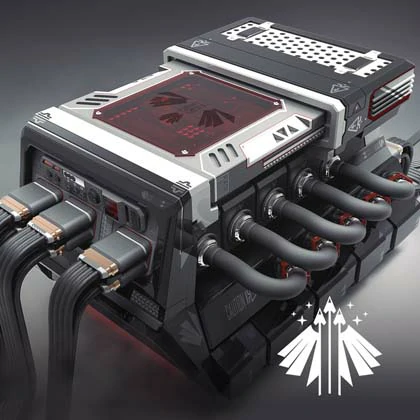Pumps play a crucial role in various industries and applications. They are used to move fluids, such as water or chemicals, from one place to another. The classification of pumps is based on different factors, including the principle of operation, type of fluid, and specific application. In this article, we will explore the different types of pumps and their applications.
Centrifugal Pumps
One of the most commonly used types of pumps is the centrifugal pump. It works on the principle of centrifugal force, where a rotating impeller moves the fluid radially outward. Centrifugal pumps are often used in applications where a large quantity of fluid needs to be moved at a relatively low pressure. They are widely used in industries such as water supply, irrigation, and HVAC systems.
Reciprocating Pumps
Reciprocating pumps operate by using a piston or diaphragm to create a reciprocating motion that displaces the fluid. These pumps are known for their high-pressure capabilities and are often used in applications requiring high pressure, such as oil and gas production, hydraulic systems, and firefighting. Reciprocating pumps can handle a wide range of fluids, including corrosive and viscous fluids.
Rotary Pumps
Rotary pumps are designed to use rotating mechanisms to move fluids. There are various types of rotary pumps, including gear pumps, vane pumps, and screw pumps. Gear pumps work by using intermeshing gears to create a continuous flow of fluid. Vane pumps use sliding vanes to move the fluid, while screw pumps use helical screws. Rotary pumps are commonly used in applications where a steady flow of fluid is required, such as chemical processing, food and beverage production, and oil refining.
Axial Flow Pumps
Axial flow pumps, also known as propeller pumps, are used to move large volumes of fluid in a low-pressure system. These pumps work by creating a flow in a straight line along the axis of rotation. Axial flow pumps are often used in applications such as flood control, wastewater treatment, and aquaculture.
Jet Pumps
Jet pumps operate by using a jet of fluid to create suction, which draws in more fluid. These pumps are commonly used in applications where self-priming is required, such as water wells and deep-water pumping. Jet pumps are also used in the oil and gas industry for well stimulation and production.
Submersible Pumps
Submersible pumps are designed to be submerged in the fluid they are pumping. They are commonly used in applications such as water wells, sewage systems, and underwater mining. Submersible pumps are known for their reliability and efficiency, as they eliminate the need for priming and can handle solids and debris in the fluid.

Pumps are essential for various industries and applications, and understanding the different types of pumps and their applications is crucial for selecting the right pump for a specific task. Whether it’s moving water in a municipal water supply system, pumping oil in an offshore rig, or handling corrosive chemicals in a manufacturing plant, the proper pump selection can significantly impact the efficiency and effectiveness of the operation. By considering factors such as the type of fluid, pressure requirements, and flow rate, engineers and operators can choose the most suitable pump to meet their needs.
